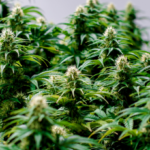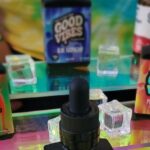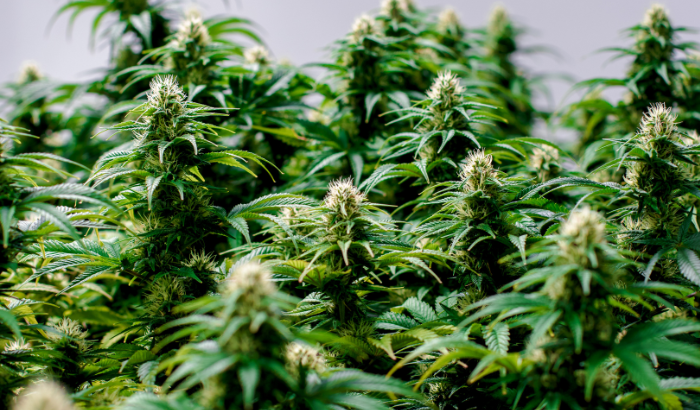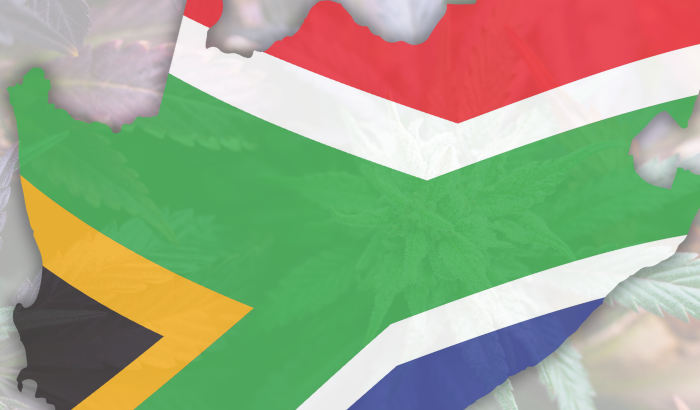
From two-gram vapes and four-figure tinctures to trim and a federal shakeup
Just because something may be a trend doesn’t mean that it’s necessarily trend-y. For example, when it comes to Massachusetts cannabis, consumers aren’t exactly buying up value-brand herb at astronomical rates because they’re trendmongering grassanistas, but instead they’re watching their bud budgets because rents are wicked high from Boston to the Berkshires.
From pragmatic data-driven observations to mere anecdotal stunners and intriguing one-off fascinations, cannabis concepts of strange and familiar caliber alike were on display at this week’s Flower Expo, a Mass weed industry event held at the Franklin County Fairgrounds in Greenfield. For two days, wholesalers and retailers gathered to conduct business and glimpse what new products and strains are coming on the market next.
As noted below, some of the following points came from a panel held on Wednesday called Evolving Trends in the Cannabis Industry, while others simply stood out from the dizzying array of newfangled weed ingenuity emerging from the mix.
Lower potency numbers. Back in March, the Massachusetts Cannabis Control Commission sent a letter to Independent Testing Labs that put new requirements in place, one of them significantly changing how labs can “correct” for moisture in calculating cannabinoid percentages. Explaining what that means to the average smoker, Megan Dobro, the CEO and founder of SafeTiva Labs in Westfield, wrote of the change: “Producers who were using inflated labs will now see a significant drop in THC while those who were using accurate labs won’t be affected very much.” At the Flower Expo, Dobro doubled down on those predictions, saying on the trends panel, “It’s a really big change and I don’t think nearly enough people are talking about it. … That 27 percenter may now be under 20 percent.” Dobro suspects there will eventually be clear national guidance. Until then, labs are seeing more state-level inspections, with regulators and investigators “asking more questions.”
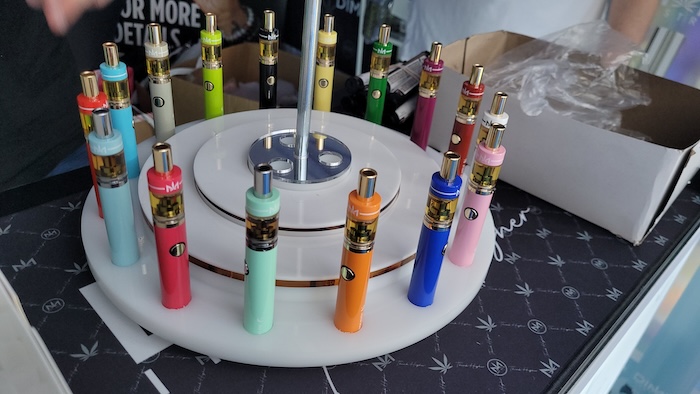
Two-gram vapes. There are a few of these already on the market, with Fernway at the head of the pack, and you can expect more options imminently. Keep an eye out in the coming weeks for our interview with Dime Industries, which has an impressively sleek double-grammer that’s dropping in Mass and is sure to make noise. Though technically disposable, its USB-C tank with five heat settings is a far more serious device than most handles you would find at a head shop. I really thought humanity would see a flying skateboard before engineers discovered how to get two grams of distillate or rosin through a pinhole without clogging it, but I guess at this point we’ll just have to develop new and better vape tech that gets us stoned enough to feel like we’re kickflipping through clouds.
But there will also be more prohibitionist attacks on canna vapes. Randy Reed, a seasoned cannabis scientist who is currently the VP of scientific solutions at Active, said that it won’t be any one single adversary, entity, or regulator who comes after weed vapes, but rather a whole range of them. Experienced researchers and vape industry voices, he added, are “advocating for … a pathway to regulate cannabis vapes sensibly and not like what happened with e-cigs.” He’d know; Reed’s company is something of a ganja gadget powerhouse behind some of the sweetest most sophisticated vape technology available. In order to ensure “the continued growth” of that market segment, he said, it’s important to “really try to demonstrate the differences” between e-butts and e-buds. Because right now, weed vapes are “at the tip of the spear.”
Federal game changers. Looming shifts to the federal status of cannabis don’t really count as a trend, but some of the activity that’s percolating around the impending adjustments certainly does. Judson Hill, the Georgia market president of Fine Fettle, which also operates in Massachusetts and Connecticut, noted the potential benefit of liberation from 280E, which bars flower-touching companies from deducting expenses. That simple tax policy change, Hill noted, would make cannabis businesses “immediately more profitable—overnight.” As some canna companies become more attractive to investors, he said even pension funds and other potential sources of capital that once seemed impossible to court are starting to look toward the space.

Trim and shake. Charmaine Chua, the vice president of sales at Curaleaf, quickly ran through major sales trends she has seen stand out in 2024. Drinks, she said, exploded on 4/20, while prerolls have a similar trajectory. But the shake game is also shaking and baking, she said, and products in this sub-partition were found all throughout the expo tents. It’s kind of like how a consumer treats an ounce when they first get it versus how they conserve when there are only a few grams left. Companies may have spent the past few years processing or even wasting the less desirable parts of their plants, but now that the struggle is real, they’re paying much closer attention. They’re also generally packaging their smalls in smarter ways, no longer automatically stuffing trim into prerolls, and hopefully—hopefully—taking better care of all the weed along the way.
Erosion of the middle. One of the most insightful comments on the trends panel came from Matt Davidson, the VP of retail at Native Sun. There is definitely movement toward the high end of the market, but on the other end of the spectrum, there are middle and working class “consumers who are seeing this as another expense in their household.” It’s why, he added, you’re seeing relative extravagances like live rosin explode in popularity among the connoisseur set, and giant sacks of shake sell out with wage earners. “It’s the middle that’s disappearing,” Davidson said.
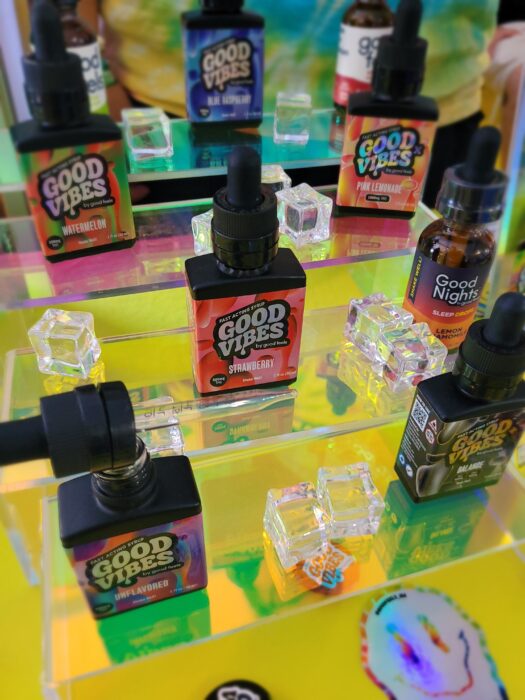
Tinctures and syrups. It’s clear that this is a segment of the Mass market to bet big on, with popular high-dose elixirs, syrups, tinctures, and whatever else people are calling concentrated liquids these days selling out in store after store. But what’s particularly interesting about this bucket is how much it continues to evolve, and how consumers have distinguishable new options to choose from every few months. For example: Squier’s showing up from Maine; Howls tweaking its three beloved tinctures up to 500mg of THC; Chill Medicated offering a new 100mg “to-go” tincture; Good Feels pushing its already ambitious Good Vibes syrup to an unprecedented (in Mass) 1,000mg. And don’t forget about 5mg beverages either. Drink makers may have felt pressure from the sudden influx of hemp-derived competitors showing up at Mass liquor stores over the past year, but with regulators taking action on that front, it’s likely that more liquid traffic will flow to dispensaries.
More brand selection. I know what you’re thinking—There’s already too much stuff to choose from on most menus! How could there be even more brand selection than we have right now? But I mean two things by this, the first one being very straightforward—even in this saturated market, there will continue to be new license approvals, and, at least for the next few years, more grows and dispensaries likely opening than closing. And some of these new players will take up noticeable market shares. So keep an eye out for brands like Originals, a California-born behemoth now with a footprint in Mass that made a major impression in Greenfield, even bringing Redman for an afterparty. But the other thing I mean about more brand selection is that from what I am hearing, some of the medium and bigger retail enterprises are seeing more symbiotic value in putting small boutique labels on their menus for prices that work for everyone—the grower, the seller, and the buyer as well. And once people are exposed to the kind of love that’s coming out of an Impressed, or Bailey’s Buds, or RiverRun Gardens, or MD Cultivars, they’re likely to keep coming back for more.
Rule following and rule breaking. Referencing a recent bulletin the CCC put out regarding advertising regulations, Matt Davidson of Native Sun said companies are likely going to be playing it much safer with state regulators clamping down. Activity that, he noted, is “not conducive to growing brands.” On the trade show floor, however, a lot of chatter turned to how corners are being cut and rules avoided in order to edge out the stiff competition—from cannabinoid sourcing, to packaging. Strict enforcement has indeed sent chills throughout the industry, like in the gray social consumption event space, but for some, it’s worth the risk. With the CCC imposing fines on companies for infractions from four years earlier, the rule breakers may actually be on to something.




